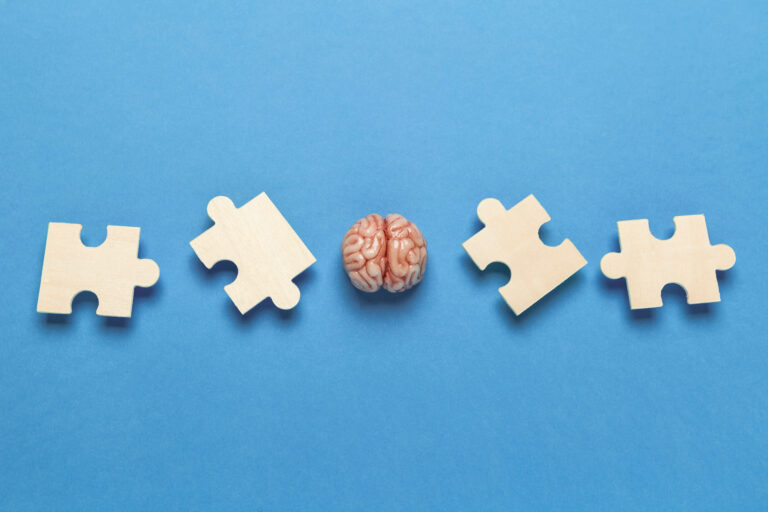Dementia is a progressive brain disorder that affects millions of people worldwide. It is characterized by a decline in memory, thinking, and communication skills, making it difficult for individuals to carry out everyday tasks. As the disease progresses, individuals may have trouble recognizing familiar places and objects, leading to confusion and disorientation. This is where dementia room identification comes in – using signs with words and pictures to help individuals with dementia navigate their surroundings. In this article, we will delve into the importance of dementia room identification and how it can make a significant difference in the lives of those affected by the disease.
Why is Dementia Room Identification Important?
As mentioned earlier, individuals with dementia often have difficulty recognizing familiar places and objects. This can lead to disorientation, fear, and frustration. For example, a person with dementia may struggle to find their bedroom or the bathroom in their own home. This can cause them to feel lost, anxious, and even embarrassed. Dementia room identification can help alleviate these feelings by providing clear and easy-to-understand signage that can guide individuals to the right place.
Additionally, dementia room identification can also help caregivers and healthcare professionals in providing proper and timely care. With clear signs, they can easily locate and access the necessary rooms for administering medication, conducting medical procedures, or providing personal care. This can save time and reduce stress for both caregivers and individuals with dementia.
What Are the Benefits of Using Signs with Words and Pictures?
Using signs with words and pictures has proven to be an effective way of aiding individuals with dementia in navigating their surroundings. Here are some of the benefits:
1. Visual Cues: Individuals with dementia often have better visual recognition than verbal memory. Signs with pictures can help trigger visual memory and aid in recognizing familiar places and objects.
2. Cognitive Stimulation: Looking at pictures can stimulate the brain and improve cognitive function in individuals with dementia. It can also serve as a form of mental exercise, helping to slow down the progression of the disease.
3. Ease of Understanding: Signs with both words and pictures make it easier for individuals with dementia to understand their surroundings. The combination of visual and written cues provides a more comprehensive and clear message.
4. Increased Independence: With proper room identification, individuals with dementia can navigate their surroundings independently, reducing their reliance on caregivers. This can help boost their self-esteem and confidence.
5. Personalization: Signs with pictures also provide an opportunity for personalization. Family photos or meaningful images can be used to make the signs more familiar and personalized, making it easier for individuals with dementia to recognize their own room.
How Can Dementia Room Identification be Implemented?
Dementia room identification can be implemented in various settings, including homes, assisted living facilities, hospitals, and nursing homes. Here are some ways to incorporate signs with words and pictures for effective room identification:
1. Use Bright Colors: Bright colors can grab attention and make it easier for individuals with dementia to spot the signs. It is essential to choose colors that contrast with the background and are easily visible.
2. Keep it Simple: The signs should be easy to understand, with simple words and clear pictures. Avoid using complex or abstract images that may cause confusion or misinterpretation.
3. Consistency: It is crucial to maintain consistency in the placement of signs throughout the facility. This will help individuals with dementia to recognize and remember the location of different rooms.
4. Large Font: The font size should be large enough to be easily readable from a distance. This will also help individuals with vision impairments to see the signs clearly.
5. Regular Maintenance: It is important to regularly check and maintain the signs to ensure they are not faded or damaged. This will help prevent confusion and keep the signs effective.
In conclusion, dementia room identification through the use of signs with words and pictures can significantly improve the quality of life for individuals with dementia. It can reduce confusion, increase independence, and provide a sense of familiarity and security. By implementing these simple yet effective strategies, we can make a positive impact on the lives of those affected by dementia.





